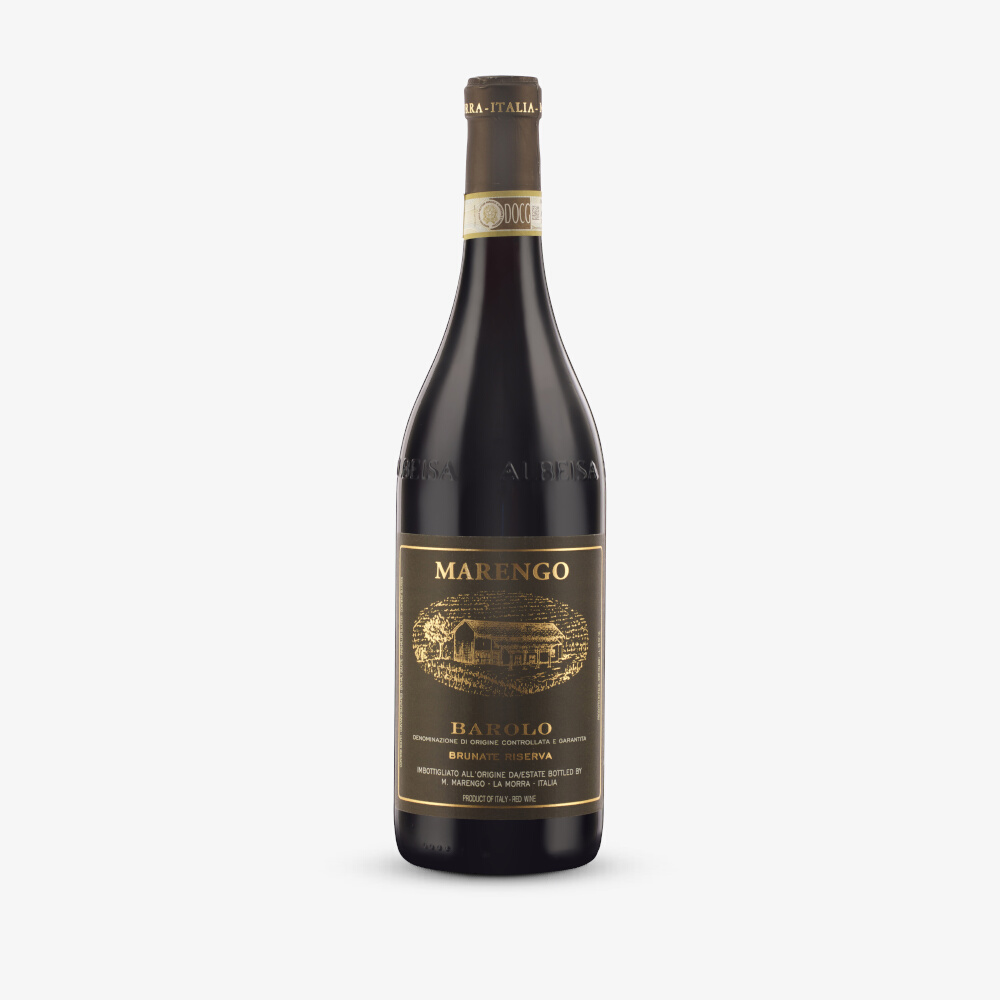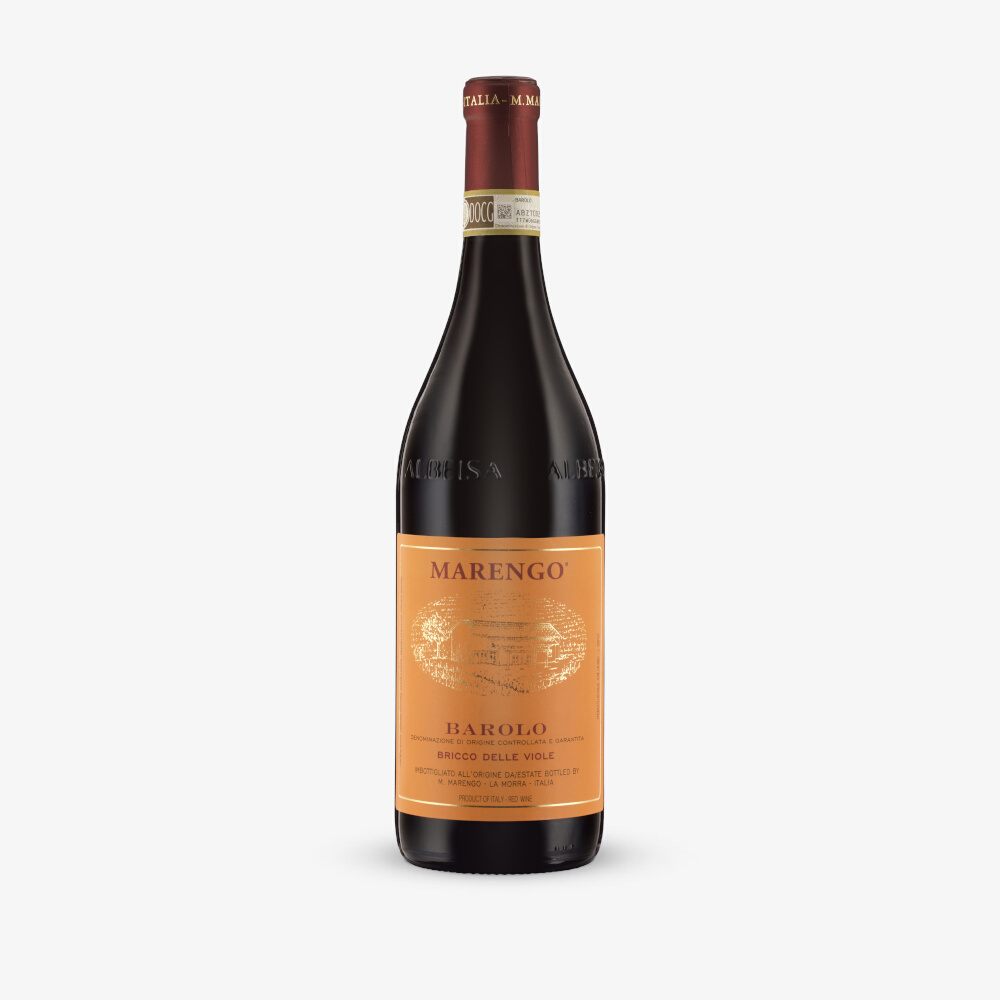Barolo
Barolo is the greatest, most intense and expressive display of the Northern Italian grape variety Nebbiolo. The name is given to bottles from the Piedmont area, made exclusively from Nebbiolo, and coming from the five core towns of Barolo, La Morra, Serralunga d'Alba, Castiglione Falletto and Monforte d'Alba, along with certain other peripherary villages. The wines offer power, aromatics and longevity that is almost unmatched elsewhere in Italy, perhaps the world. Top, forward thinking producers have pushed huge changes in the winemaking culture of the area, and as a result finer, purer Barolo is being produced than ever before.
The Communes of Barolo
BAROLO (BAROLO)
The township of Barolo lends its name to the DOCG appellation, and functions both physically and metaphorically as the heart of the region. Situated in the centre of the appellation, what it lacks in area under vine versus its neighbours Monforte d’Alba, La Morra and Serralunga d’Alba, it makes up for in prestige, thanks largely to the historical importance of the Cannubi vineyard. Cannubi is undisputedly one of Italy’s great “Grand Crus”, with ancient documents marking out its significance for the region as early as the 1700s. The soils across the Barolo commune are broadly the softer Tortonian, made up of Sant’Agata Fossil marls, clay and sand, rather than the older, harder and calcareous Serravalian soils found commonly in Serralunga d’Alba and Monforte d’Alba. Being the lowest township in elevation, the diurnal swing is not as pronounced in Barolo as it is in other communes and this, combined with generally deep, complex soils tends to produce grapes which ripen earlier. Consequently, the wines of Barolo are prized for their rich fruits, bold but sweet tannins and overall engaging, pliant feel. The wines of Barolo tend to drink on the early side, despite a concentration level which allows for extended ageing if desired. - Cannubi, Elio Altare - Sarmassa, Roberto Voerzio - Bricco delle Viole, Marco Marengo
LA MORRA (BAROLO)
The small, pretty village of La Morra is the focal point for what is in fact the largest commune in the appellation, both in terms of production and area under vine. The wines of La Morra have a reputation for elegance, perfume, and finesse, even if the reality is a little more complex. Given that there are 62 wineries physically located in La Morra, and many who vinify grapes from the area outside, it is unsurprising that La Morra produces a wide range of styles. Overall though, the facts are that it is, with Monforte d’Alba, the highest commune, which means extreme shifts in temperature between day and night – perfect for ripening Nebbiolo with huge perfumes and fresh acidities. In practice, La Morra can be divided in to three sub-regions, each producing wines in subtly different styles.
First, the vineyards around Santa Maria; the wines here tend to be correct and solid, grown on a heavier clay base at generally lower elevations.
Second, the cluster of vineyards around the hamlet of Annunziata – home to the mighty Rocche dell’ Annunziata and the lesser-known but high quality Arborina and Torriglione crus. Here the wines tend to be rounder and fuller with marked violet and rose perfumes.
Lastly, the vineyards on the small, steep “Rocche” ridge comprising La Serra, Cerequio, Brunate and Fossati; Champions League sites which marry La Morra’s trademark seductive character with a certain mineral austerity. The commune’s overall soil composition is complex but, like Barolo, is comprised primarily of silty-clay-sandy Tortonian soils with pockets of limestone.
VERDUNO (BAROLO)
A commune that for a long time sat under the radar but is now widely regarded as one of the region’s most exciting, Verduno is famed for the Monvigliero vineyard – a small, steep amphitheatre producing some of Barolo’s most collectible wines. Barolo’s northern outpost, dubbed “The Watchtower”, Verduno is unique in being directly influenced by the Tanaro river which separates Barolo from Barbaresco. Well exposed vineyards and continuous breezes, combined with slightly lower temperatures produces Barolos of soaring aromatics, lightness and spice. A radiant, luminous character characterises many of the wines produced here, which often bear a closer resemblance to Barbaresco than other Barolo communes. Vineyards like Massara and San Lorenzo di Verduno tend to provide more accessible drinking options in typically bright, perfumed styles, whilst Monvigliero’s exposure and greater complexity in general requires a decade or more in the cellar to express its true potential.
CASTIGLIONE FALLETTO (BAROLO)
Castiglione Falletto, though small, is one of the most prestigious communes in the Langhe. Vineyards such as Monprivato, Rocche di Castiglione and Villero have long been highly desirable. In recent decades vineyards such as Bricco Fiasco (Bric del Fiasc), Scarrone, Pira and Bricco Boschis have seen a surge in reputation thanks to a younger generation of producers. Located in the centre of the Barolo appellation, Castiglione Falletto sits on a rift between the Tortonian and the Serravalian soils. Many argue that the best wines combine the lifted, fruit purity and finesse of the former with the minerality and depth of the latter. There is no doubt that the best wines from Castiglione age tremendously well, though the sandier sites, of which there are a number, produce wines which are on the whole remarkably charming and attractive in youth despite their deep-seated latent power. An overall balance of power and aromatic complexity is perhaps that which best characterises Castiglione Falletto. Typically, the wines are potent and mineral, with waves of strawberries, cherries and spices.
SERRALUNGA D’ALBA (BAROLO)
Located on the eastern side of the appellation, Serralunga d’Alba has the highest number of classified single crus in the Barolo region and historically served as an important component in Barolo Classico blends. A clearly defined, baritone, austere profile to its wines has always made it a highly desirable area for Nebbiolo. The commune is characterised by a long ridge line which runs north to south, dividing the vineyards between the south south-west exposures and the south south-east. On the eastern slopes, vineyards such as Brea, Prapo and Cerretta tend to produce structured but polished Barolos with complex licorice and dark fruits with powerful but ripe tannins. On the western slopes, the drier soils of Vigna Rionda and Margheria, for example, tend to produce wines of a more ferrous, stony, saline expression. Serralunga sits, unsurprisingly, in the Serravallian sector where the soils are older and more compacted with a higher proportion of limestone and white and grey marls.
MONFORTE D’ALBA (BAROLO)
Monforte d’Alba is, like La Morra, a large and high commune. However, unlike La Morra, and especially Serralunga, the maps in Monforte were drawn to allow for fewer but more extended single vineyards. That a vineyard as large as Bussia, for example, could possibly have a clear-enough identity to be consistent across all producers is unlikely. This, combined with a significant increase in Nebbiolo plantings in areas formerly deemed unsuitable, has put the commune in a slightly troubled position. When the wines are well made and gently handled, they are dark and powerful, but at the same time mineral, fragrant and fine boned. Salty, fragrant, ferrous, almost citrus-driven Barolos are typical of the commune. Ginestra and Bussia (specifically the sub-plots of Pianpolvere and Dardi) are the two most lauded and historic crus of Monforte, though Gramolere and Perno produce increasingly fine wines too. Given the size of the crus it is common to see better wines labelled with the name of the subplot or zone below the official MGA (single cru). The soils are Serravallian with a high proportion of sandstone and chalk, but do vary widely from vineyard to vineyard.








